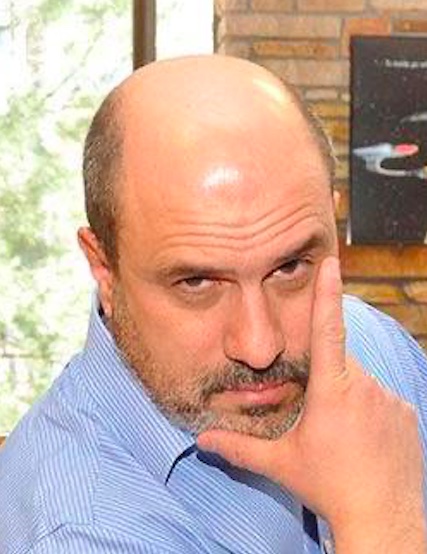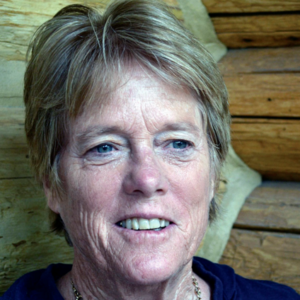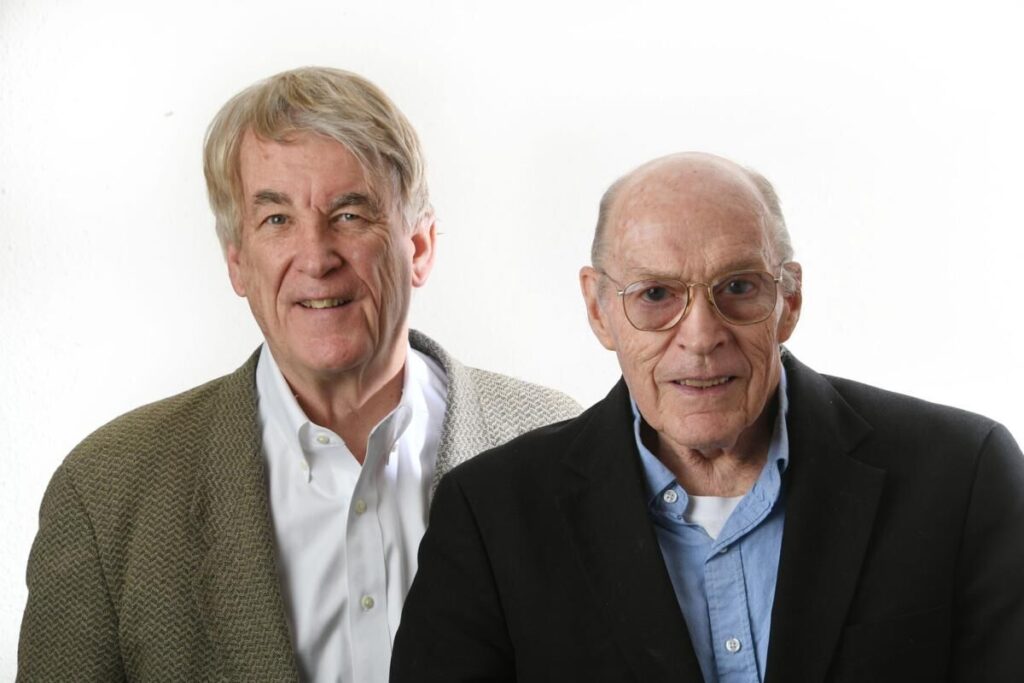HUDSON | Mental health treatment lacking for Coloradans
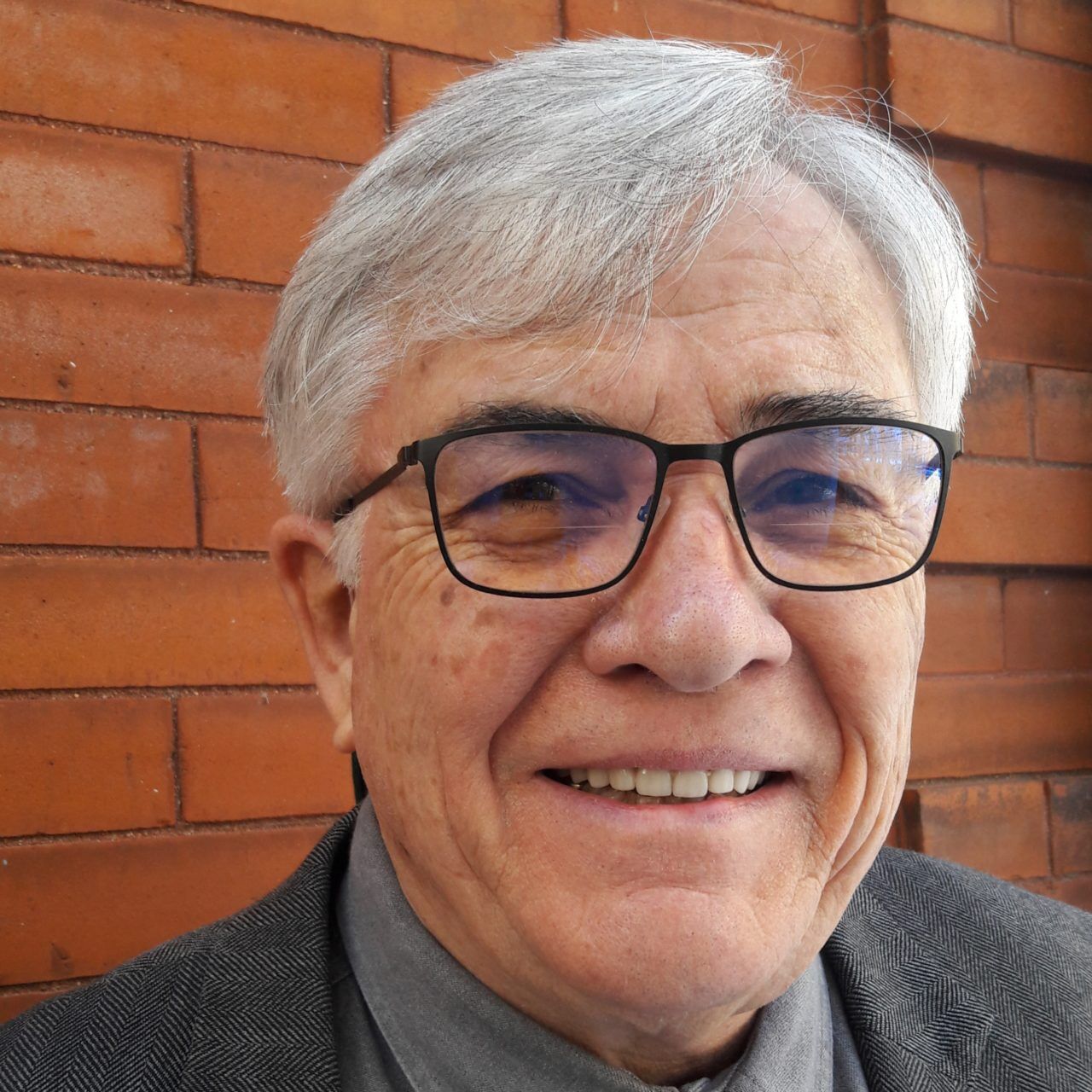
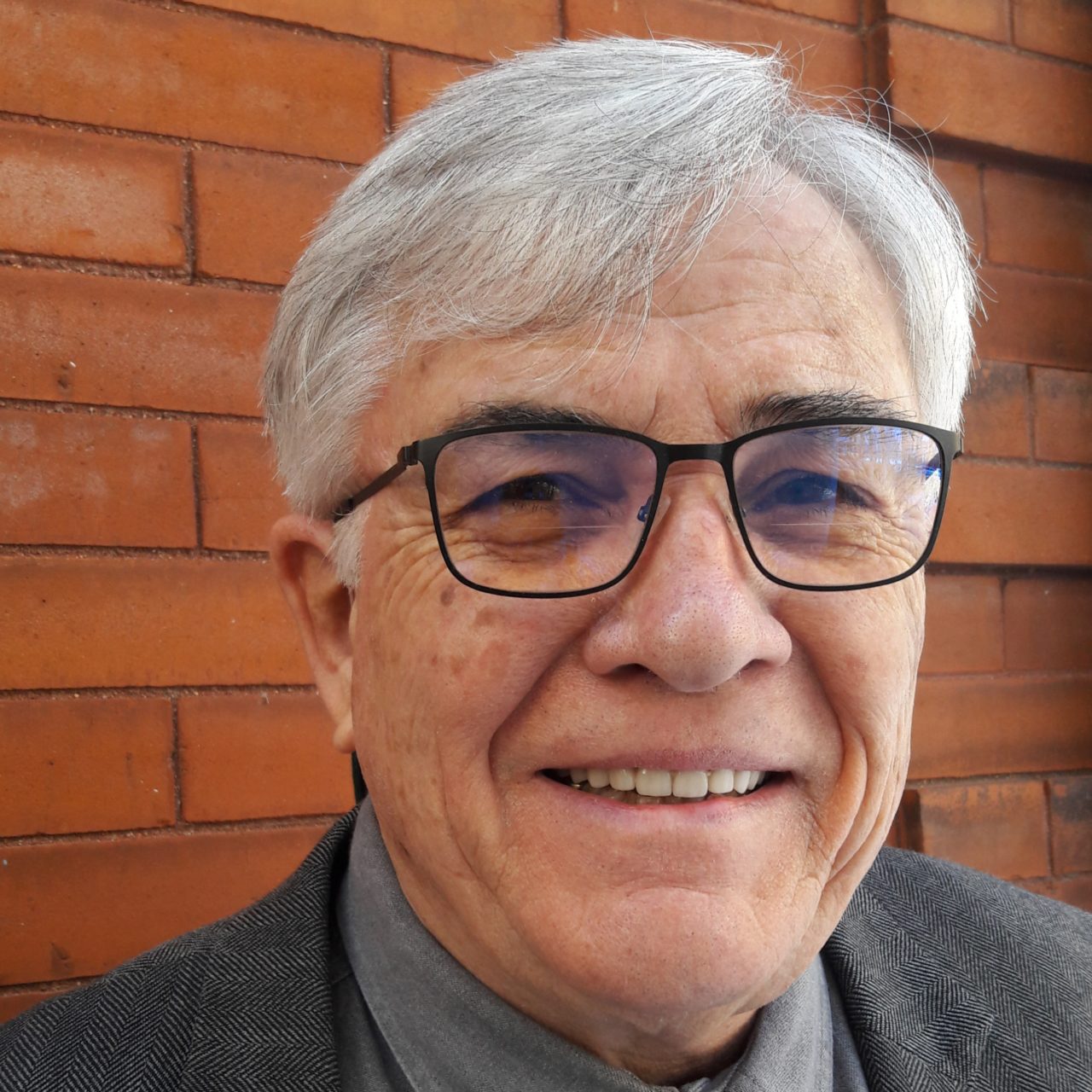
A benefit of writing a regular column is that, after a few years, reports, essays and statistical analyses find their way into both your “snail mail” and email boxes. Many you’ve solicited or subscribed to, but others simply appear there – origins unknown. A quick skim usually lets me grasp whether a missive merely expands on or clarifies issues I already know a little something about. Periodically, pieces are forwarded with the suggestion I take a look into a matter of which I was previously unaware. Such prompts provide a trigger for inquiries leading to an opinion piece.
Perhaps most intriguing of all, however, are reports challenging conventional wisdom that cause me to wonder whether the alleged findings can possibly be accurate. One that recently caught my attention is “Colorado State-Specific Facts and Statistics” summarizing the incidence of mental illness. It claims 23.6% of Colorado adults suffer behavioral-control problems. We’ve probably all been employed at some point during our careers inside an organization where one in four co-workers seemed to struggle constantly with invisible problems. This proportion of personal dysfunction seems to have doubled in the half century since I was a psychology major.
Part of the increase may stem from the fact that psychology is one of our softer sciences, where definitions demonstrate a propensity for evolving over time. For example, eccentricity is a word which has slipped from common usage. Once accepted as an indicator of behavioral style, occasionally an asset, a failure to conform with prevailing social norms is more often perceived as evidence of pathology today. Colorado has long had one of the highest suicide rates in the nation. The Legislature has responded by mandating universal implementation of access to the national 988 suicide prevention and mental health crisis hotline.
This feels like small beer when Colorado ranks 45th among the states for public access to actual counselors and behavioral therapy. While riffing on her own mental health challenges, comedian Taylor Tomlinson observes that her calls to existing hotlines have frequently resulted in being placed on hold. “What’s with that?” she asks. “We’ll get back to you?” In Colorado there are 270 potential mentally ill clients for each licensed behavioral health provider. Counselors working 40-hour weeks could only give patients nine minutes each if all of them were in treatment.
The reality is that 53% of Colorado’s mentally ill receive no treatment at all. Harper’s index found that 75% of American counties have no pediatric psychiatrist available. Consequently, prescriptions for anti-depressants have grown by 69% since 2015. The prescription of amphetamine-based ADHD drugs was up 10% just last year following widespread COVID shutdowns. Since most mental illness is identified in response to self-reporting of distress, accurate diagnosis is generally left to chance.
The decision to create an independent Behavioral Health division within the state Department of Health is a step in the right direction and the infusion of a half billion, one-time dollars provides a promising kick-start, but structural improvements will demand continuing resources. Unfortunately, the prevalence of mass shootings and the desire to define them as mental health rather than firearm-availability risks complicates public policy. Mental health services are not mandated as a required element of family health care coverage and our public schools have few staff resources for developing Individualized Education Programs for students determined to be emotionally disturbed. Reliance on medication becomes the cheaper choice for managing demand for services.
Further complicating the behavioral health picture are the 12% of Coloradans who report struggling with a substance-abuse disorder. What was long treated as a criminal behavior has also been “medicalized” recently. Certainly, substance dependency contributes to criminality and Colorado jails often serve as holding tanks for both addicts and the mentally ill. With just 4% of the world’s population, Americans consume 57% of mood-regulating drugs.
Since a social stigma remains attached to mental illness, I’ve been surprised to discover several longtime friends are reliant on anti-depressants. We also should better distinguish between mental health crises, which can be transitory and a manageable part of life, and more profound dysfunction. When I was waiting for a wartime flight overseas, I experienced what I would realize years later had been a panic attack. I’ve never experienced another but cannot imagine the paralyzing dread that must accompany routine such attacks. In retrospect, my anxiety at the time feels justified under the circumstances.
For several years after my father returned from World War II service in the South Pacific, he would wake in the middle of the night barking orders and leaping from bed, knocking over furniture and running into walls. Today I suspect this behavior would be categorized as PTSD. The incoming Japanese Zeroes were imaginary. Colorado needs to assist those who require help. Paying for this help is a public safety investment.
Miller Hudson is a public affairs consultant and a former Colorado legislator.


